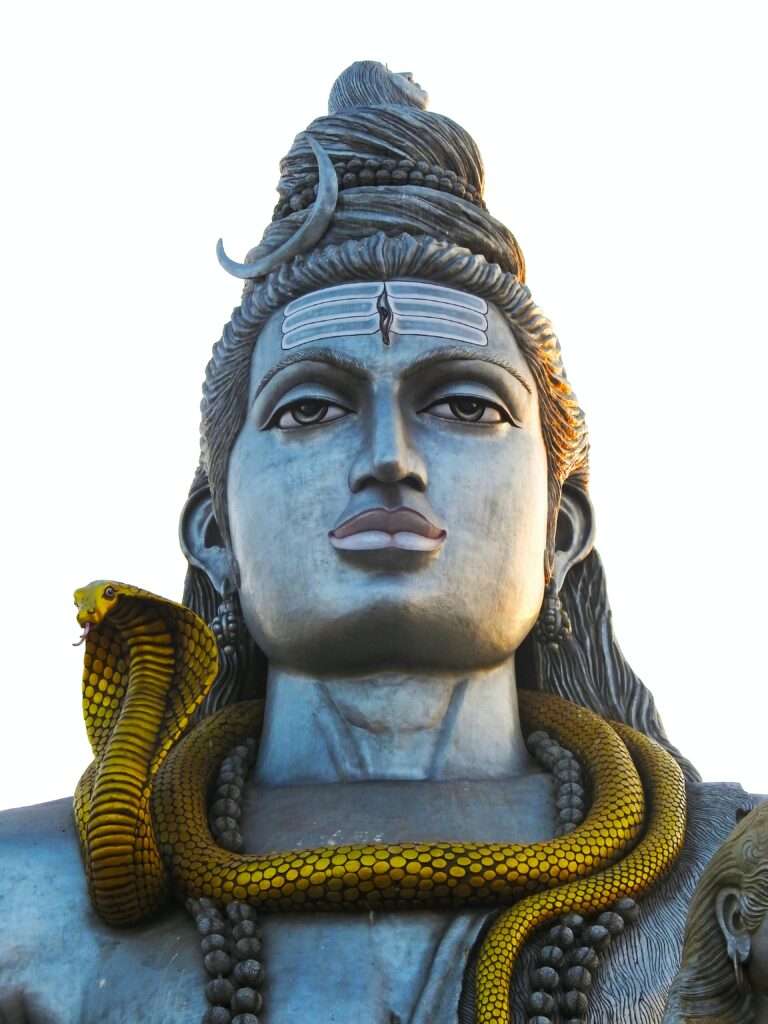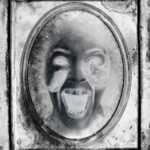By S.Rupsha Mitra: South Asia Correspondent
The gift of storytelling is said to be one of the most powerful skills in the world. The art of storytelling, known as Katha, is a quintessential aspect of Indian culture.
Storytelling can be also used to evoke a myriad of emotions. Suppose a story with a raga playing in the background can evoke an essence of emotion in the audience, another story may be of an empowering tone, the tonality of a story tells a lot about the world and empowers lives.
Storytelling is an art of continuum. It is a never ending form as stories are woven into our everyday lives. Starting from the old Bengali tradition of Thakumar Jhuli to Arabian nights we have memories of these stories being read out to us as young children. Stories prevail in our hearts and some classic stories remain ineffaceable. Like the moral stories, tales of Eishop, the Bengali tradition of Rabi Thakur and his childhood stories remain inscribed in every Bengali’s mind.
The art was well integrated within the Adivasi community to pass historical facts from one generation to another as well. As storytelling is well integrated into early childhood learning in India, it has become a very influential approach education in changing behaviour and an impactful communication tool for working with children, such as with ‘Kavad,’ an Indian storytelling prop and unique tradition of crafting stories within a boxed structure.
Places and architecture tell stories of aeons. A world without stories would be impossible as we live with and in the stories of our era and the past and the future to come. The caves of Ajanta and Ellora, and, paintings from the past , all tell stories in colours and symbols that are further interpreted by art historians. In the caves of Bhimbetka there are orange hued drawings of carcasses and figurines of animals. Some historians predict it as our ancestors depicting their way of living while others might specifically predict it as a social practice. The use of male characters in the caves depicts hunting was mostly done by males. Paintings from the past are also means of abstract storytelling where the meaning can be unfurled on different levels and layers.

It is an oral form of Urdu storytelling. Dastangoi is more than itself. It is a tradition of creating and telling stories that defines the entirety of South Asia.
The Ajanta- Ellora caves are a huge complex with many important sculptures and temples, one of the prominent of which is the Kailashnatha temple which is carved out of a single rock. The rich intricate designs within and the making of such a wondrous temple itself is a mystery of a story that is fathomable by the visitor in their own.
The modern narrative practice has several nuances to it and is being taken forward by many emerging and established authors and professional storytellers. Modern storytelling can take the form of a Ted X show, dance or even photography. Ted X symbolizes every story has matter to inspire and not just the ones read out to us from Mahabharata or Ramayana in our childhood. While the ancient stories are important and urgent to our present times the modern story pictures a modern world mixing it with the heritage of the past where the beauty of both the worlds lie.
The modern form thus allows for relevance with the present world which is very much important for any art form. The dance pieces of famous dancer Chandralekha portray such a form of storytelling where by the shakti of women is shown through the body’s movements and its power.
It is a very significant way of communication of a story and how we can relate it with our present. Without a correlation with the present, the past would seem too idealistic and intangible but the evolving art of storytelling stops that from happening through innovative modes and ideas. Projects like India Lost and Found by photographer Amit Pasricha try to imbibe the narrative of ancient monuments and their significance in the present in ways friendly for the genz and thus the modern storytelling form is evolving.
EVOLVING STORYLINE

Within the Indian subcontinent, storytelling has evolved across in different historic periods. We begin from Katha, a religious form of Indian storytelling :
Katha also called Kathya is an Indian style of religious storytelling, performances of which are forms of rituals in Hinduism. It often involves priest-narrators (Athavachak or Vyas) who recite stories from the religious lives of Hindus like Ramayana or Bhagavata Purana, followed by (Pravachan) or a commentary. They take place in households, often telling smaller stories styled Vrat Katha.
The didactic Satyanarayan and Ramayana kathas imbibe moral values divulging the consequences of human action (karma).
Purana-Pravachana (expounding the Puranas) is a pravachan or a lecture on scriptures in which the Pauranika (pravachan pandit) is a spiritual interpreter of the scriptures. Pravachans generally revolve around a religious theme, usually as a hagiography or a story from an Indian epic.
Stories with anecdotes, known as Kathakalakshepa, are told in Sanskrit, Tamil, Marathi, Telugu. In a variant linguistic , a storyteller expert in classical music, combined the main story with music, dance.

In Andhra Pradesh, folk narratives are known as burra katha. A burra is a drum shaped like a human skull. In this tradition, travellers narrate stories while beating the drum. The drum is also known as Burra Katha Dakki which is made of brass, parchment plus cotton and is traditionally significant to Burra katha. In Tamil Nadu, folk narratives are known as Villu Paatu (bow songs); the stories are told accompanied by a stringed instrument resembling a bow. The stories resemble heroic ballads.
As an oral form of Urdu storytelling, Dastangoi is an entity of its own accord, a tradition of creating and telling stories that defines the entirety of South Asia.
In South Asia, stories and religion, stories and tradition, stories and morality, stories and entertainment, entertainment and edification fuse into each other. Here Gods tell and listen to stories, as in the Ramayana and the Mahabharata, Gods become humans and the opposite as well happens as seen through stories as in the Budhha’s Jataka stories, animals tell stories as in the Hitopdesha and the Panchtantra, birds recite stories in Tutinama, bards perform history as in Alha Udal songs, and Sufis sing tales of erotic love to evoke the Sama and pure divinity as in Padmavat.
The first Dastangoi book came out in 2011. It is an expansive, infinite world of storytelling. There are over 46000 pages of the Hamza Dastan. And this is only one Dastanic cycle, there were several more. There are cycles within cycles, loops interwoven with further loops, chapters within chapters. The length and breadth of this makes ‘The Thousand and One Nights’, the Alif Layla wa Layla, (also known as The Arabian Nights) look smaller . Nothing in world fiction comes close to the outstanding combination of performance and creation that the tradition of Dastangoi represents.
It is a dance form of storytelling prevalent through coastal Karnataka. It emerged from the Bhakti movement between the 7th and 10th century. It is performed in a dance-drama style, blending together classical and folk dance with dialogue.
Yakshagana
Mostly, the stories are inspired from the Puranas, Ramayana, Mahabharata. The performance involves a Bhagvatha who acts as a storyteller introducing the story to the audience in the beginning . Then the viewer has the sole responsibility of putting the story together.

To explain the artistic expression of storytelling we can trace it from Bharata Muni’s Natyashastra which gives detailed understanding of dance recitals and forms of art which tell threaded stories all of which weaves our rich culture. The interesting thing about this art form is it could be placidly synchronic in nature and collated to form beautiful images from anachronistic to the modern. It can be correlated with the rasa theory of Natyashastra which specifies as one of the main elements of Indian aesthetics . There are nine rasas each of which focus on myriad emotions that need to be evoked in the audience while the dance form of storytelling.

The nine rasas are closely related to everyday life and represent human nature . A mixture of emotions glorify the beauty of the performance. A blend of rasas like shringaar and adbhutam showcasing valorous love can depict a picture of veerangana in the audience while karuna may depict a calm picture of Buddha in the minds of the audience.
Beautiful podcast shows by authors like Seema Anand and Devdutt Pattnaik and channels like Epic tv are taking the tradition of storytelling forward through depictions of Indian mythology and Kamasutra, mixing the older traditions with the modern. Shows by Devdutt Pattnaik showcase stories in narrative form about Indian mythology and epic tv highlights storytelling forms like Yakshagana.
There’s a vast and rich heritage of Indian narrative practice that we are yet to explore which can be only possible if we focus more on consuming forms of storytelling more vividly as in watching shows on channels like Epic tv and reading books like Bharata Muni’s Natyashastra (the oldest work on the performing arts which has survived) . The art of storytelling enhances our morality, strengthening our ability to artistically express the inner core by inculcating in us meaningful stories from aeons ago.
Houghton & Mackay covers the world of Culture, Wealth and Lifestyle. Focusing on the best and avant-garde in society, publishing in all sub-genre; across the entertainment or film industry, finance, fashion, travel, the arts, luxury goods, world culture and specialist industries. For people wishing to join the team as a Freelance Writer, visit this page to learn more. To advertise or collaborate visit the Content Marketing Page.
AI Art Artificial Intelligence artist Arts Asia Caves Calem Chanel Cidade Invicta Culture Fashion Finance Imposter Syndrome Investing jSoares Dos Reis National Museum Lado B cafe Lifestyle Li Tao Mental Health Michelin Stars MUSIC Painting Prada Sao Bento Train Station Sustainability Tradition Travel Wealth Writers Guild Yoga












